Film Review: Enter the Fat Dragon (1978)
- Ryota Nakanishi

- Jul 19, 2019
- 6 min read
Updated: Nov 9, 2023
#FilmReview #EntertheFatDragon #影評 #肥龍過江

Sammo Hung (1952-) is the legendary martial arts star and his huge contributions to Hong Kong and entire Chinese film culture are enormous. He and his team choreographed King Fu, Bruce Lee, Jacky Chen, and Donnie Yen's action sequences. Almost all leading Hong Kong filmmakers of each generation tightly had worked with him. For example, the opening scene of Enter the Dragon (the most famous Hong Kong-US co-production film; 1973) is a fight between Bruce Lee's Lee and Sammo Hung as a Shaolin fighter.
Sammo Hung is the Chaplin or Mel Brooks of Hong Kong cinema due to his multiple talents in all aspects of filmmaking. Enter the Fat Dragon (1978) is his second directing film which firmly established the new genre for Hong Kong filmmaking and it shows sophisticated Martial Arts action comedy style of notable Hong Kong films of the 1980s' golden era that followed.
In fact, Enter the Fat Dragon (1978) is not actually a parody of the similar title Enter the Dragon (1973). It is rather a satire of Way of the Dragon (1972) and 1970s' Bruceploitation phenomenon. Moreover, Japanese video distributors and TV stations fraudulently named some Sammo Hung action comedies as part of Enter the Fat Dragon franchise. It totalled 17 different Sammo Hung films named ''Debugon'' (Fat Dragon) series. In fact, there is ever no sequel to Enter the Fat Dragon (1978) at all. It is similar marketing deception like Steven Seagal's Under Siege franchise (1992-) made by Japanese distributors after the real part 2, Under Siege 2: Dark Territory (1995).
Story Structure
ACT1: Ah Lung (Sammo Hung) is a pig farmer and a Bruce Lee fan moves to Hong Kong from mainland China to help his Uncle Hung (Fung Fung)'s food cart business. Inciting Incident is that local counterfeit art dealer Chiu (Roy Chiao)'s thugs threaten Ah Lung's co-worker Ko (Luk Chu-sek) to counterfeit paints for Chiu. After the refusal, Chiu's thugs not only destroy Hung's food cart, as the result, but both Ah Lung and Ko also have to find new jobs. Ah Lung finds a job at a restaurant where their friendly customers Ah-Chen and Hsiao-wei work for. Ko himself works as a taxi driver.
ACT2:The first half of ACT2 is about a conflict among Ah Lung, Ko and Chiu's thugs. Chiu's thugs destroy Ko's taxi car, and then Ah Lung mistakenly ruins their restaurant general manager's new car in front of the thug as a revenge for Ko. Midpoint: Chiu's client, sadistic Professor Bak / Bai (Peter Yang) wants Ah-Chen who reminds him of his ex-girlfriend. Ah Lung decides protecting her from the Chiu's thugs and Bak's three boxers. The fight at the party in Repulse Bay is ended up as a disaster. At the end of ACT2, Chiu's thugs successfully kidnap Ah-Chen and brings her to a warehouse at port.
ACT3: Ko gets on a taxi to go to the warehouse to save her while Ah Lung has to chase the taxi in which Ko mistakenly thinks Ah Lung is on the back seat. After their arrival, the final kung fu battle between Ah Lung and Professor Bak / Bai's three boxers starts.
Kung fu sequences dominated the most of the time and plot points however this Hong Kong parody film follows the basic structure of screenwriting, the Three Act Structure. Enter the Fat Dragon (1978) definitely has its classical structure in its story telling process. As the result, it is not a porno of kung fu actions.
Film Editing And Cinematography
Hong Kong films of 1970s like the present Hong Kong filmmaking used multiple cameras but only supportively (now they basically use three cameras) due to their specific choreographic requirement mentioned by Sammo Hung himself. The flow of actions should not be disrupted by repetitive shots of the same action. Disruption of actions is unavoidable while filmmakers only use single camera for shooting. In this film, the use of zoom in/out is very beautiful and stylish than others. The opening dream battle sequence which abstracted from natural environment shows its creative concept perfectly.
1.Multi-camera shots have the same lighting conditions. See lighting conditions of each shot to identify which shot is made by single separated camera.
2.Enter the Fat Dragon (1978)'s sets of action shots begin from quick zoom in or zoom out. Zoom in/ out can be equilibrium of the multiple camera effect within one shot. Disruption of choreographed action flows is the major enemy for action filmmakers.
3. Cut points are made when actions or reactions just start as smash cut. There is no cut point which do not relate sifts or changes of major actions.
3.Multiple camera editing in this film does not like multi-camera work of today because its camera work was done in single camera principles. In multi-camera work, it needs keeping the axis of the same action while shooting different sizes of shots from same angles, otherwise, it will lose seamless cutting solutions among different sizes of shots on any continued action flows.
4.Smash cutting is typical and skilful among all action sequences in this film.
Smash Cut
First, Sammo Hung puts the zoom up shot of his fist, then quickly cuts to smash in the villain's stomach, finally cuts to full shot of both of them. Three shots used in this action montage. See Fig.1-3. These shots are separable. A moment of the smash can be a cut point, which is usually a close up.



From the joint (pause/pose) shifts to the next set of shots
There are joints among different sets of shots in editing generally. Moreover it is unavoidable even if we use many cameras. In this film, Sammo Hung's pauses form joints for the next sets of shots. In this set of shots, we can also learn the most beautiful reverse cut in this film. Reverse cut is mostly used in action films. Sammo Hung's reverse cut points cooperate with action shift points in choreography. Reverse cut is always separable. See Fig.4-5.
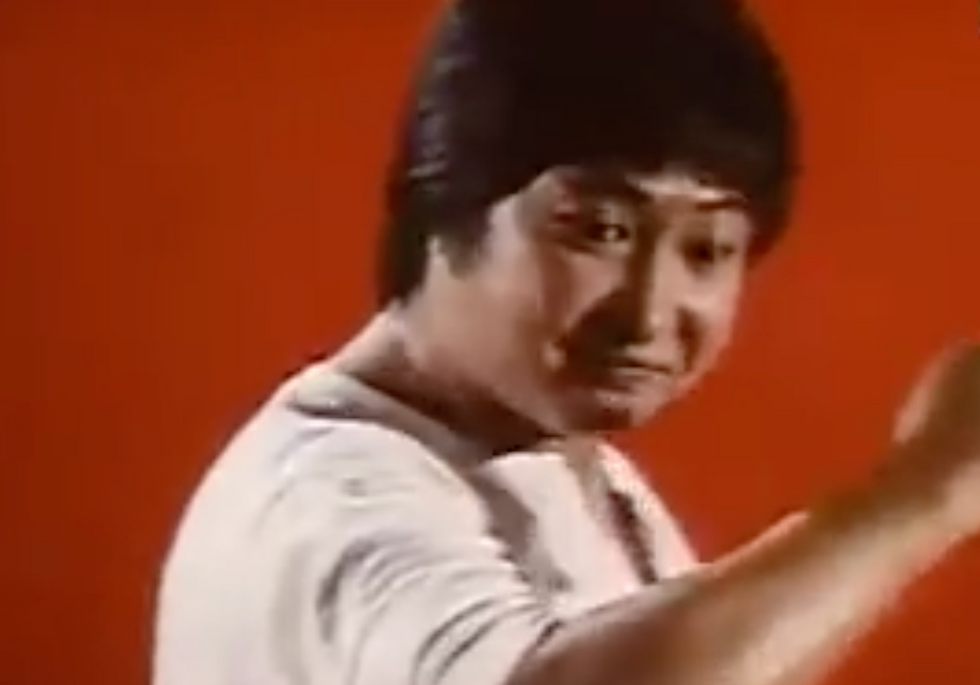
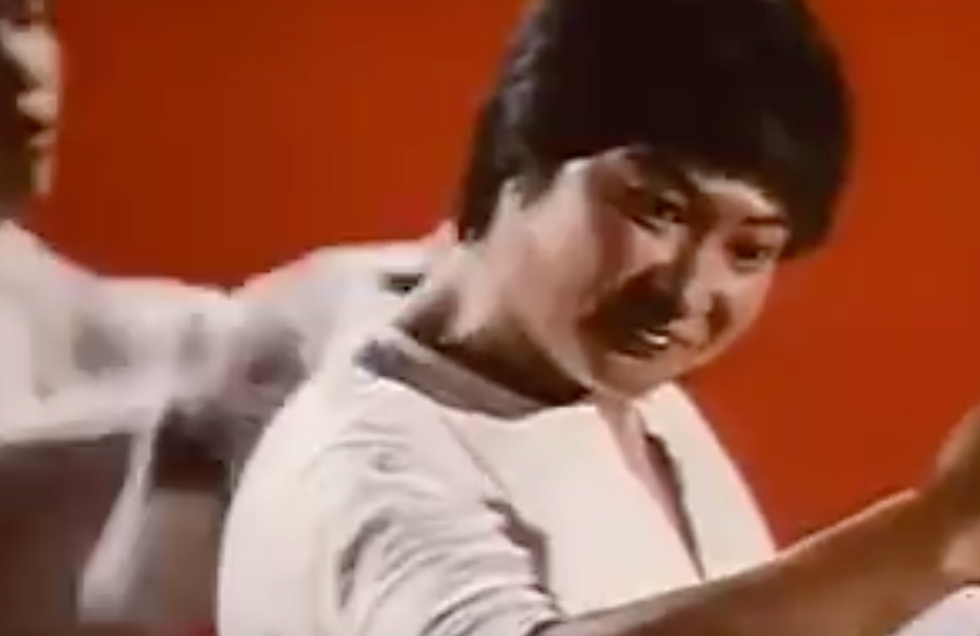
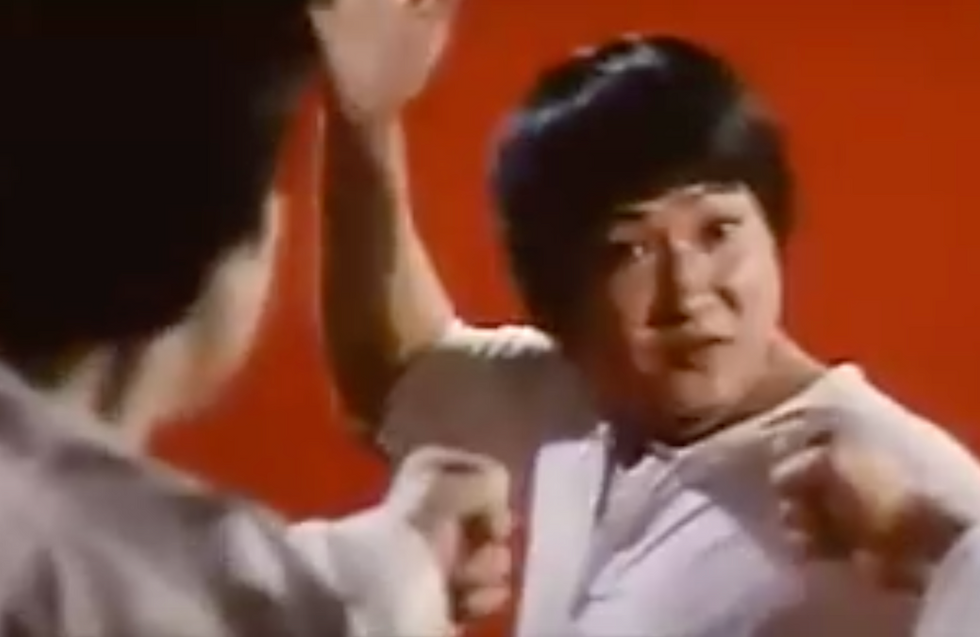
The smooth and dynamic use of Zoom in/out
Zoom in and out can be equilibrium for multi-camera editing like this set of shots. First, zoom up of Sammo Hung's face, then he turns his body towards his villains, camera zooms out. It is the most aesthetically complemental solution by zoom up and out. See Fig. 7-8. Zoom ups and outs can create visual impacts like this.
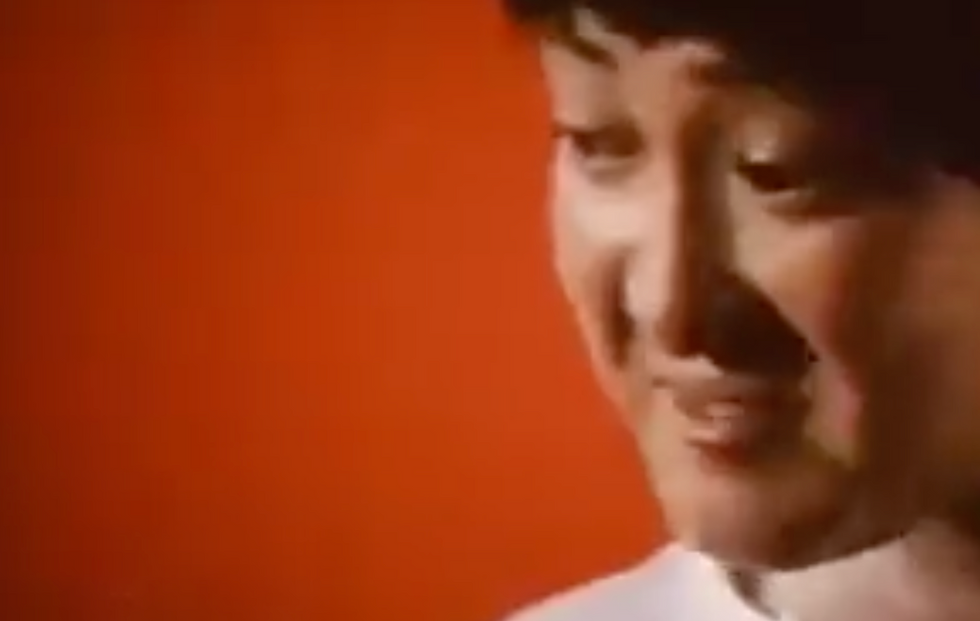

The next set of shots is the same kind that it starts from zoom up of villains' fists and then zooms out to create visual impact. It needs accompany of choreography. See Fig.9-10.
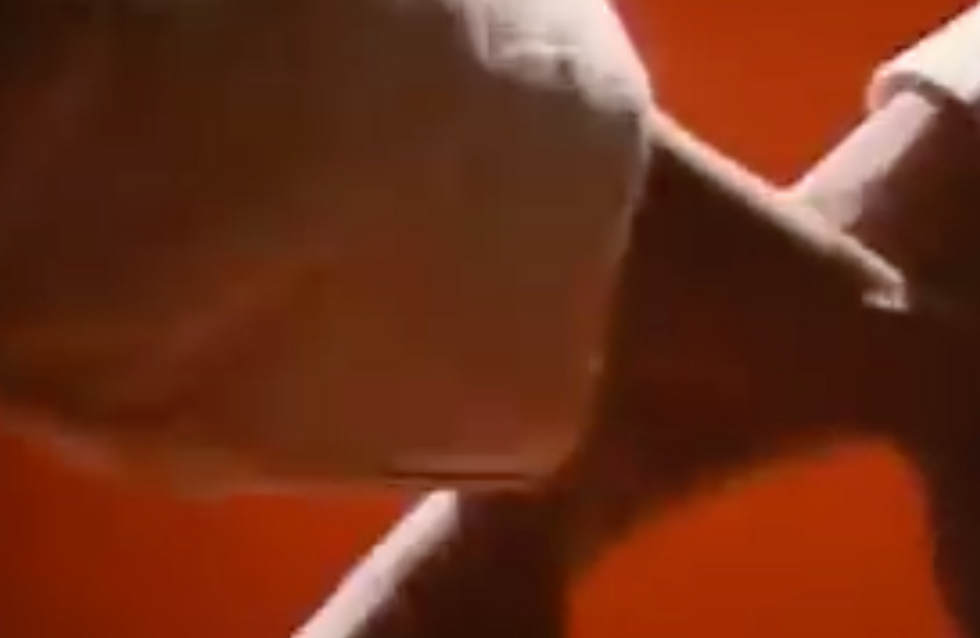
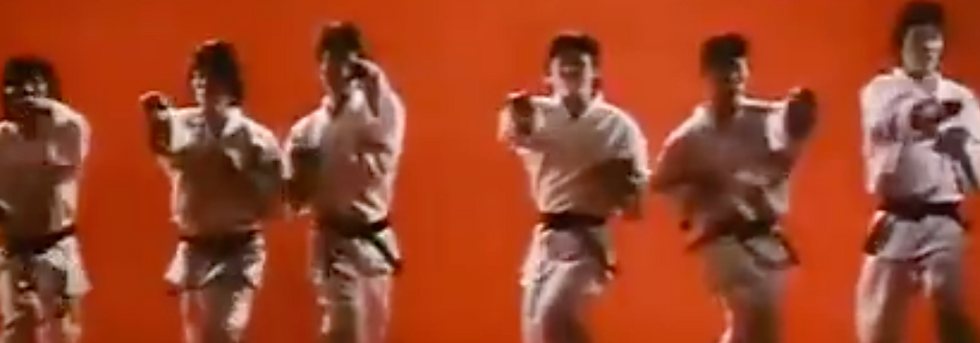
Sammo Hung's poses as joints. The following set of shots show the dynamic use of zoom in and out and smash cut. First zoom up of Sammo Hung, then zooms out to be a full shot, after he knocked out of these villains, finally camera zooms into his pose. This pose is a joint for the next set of shots. See Fig.11-13.

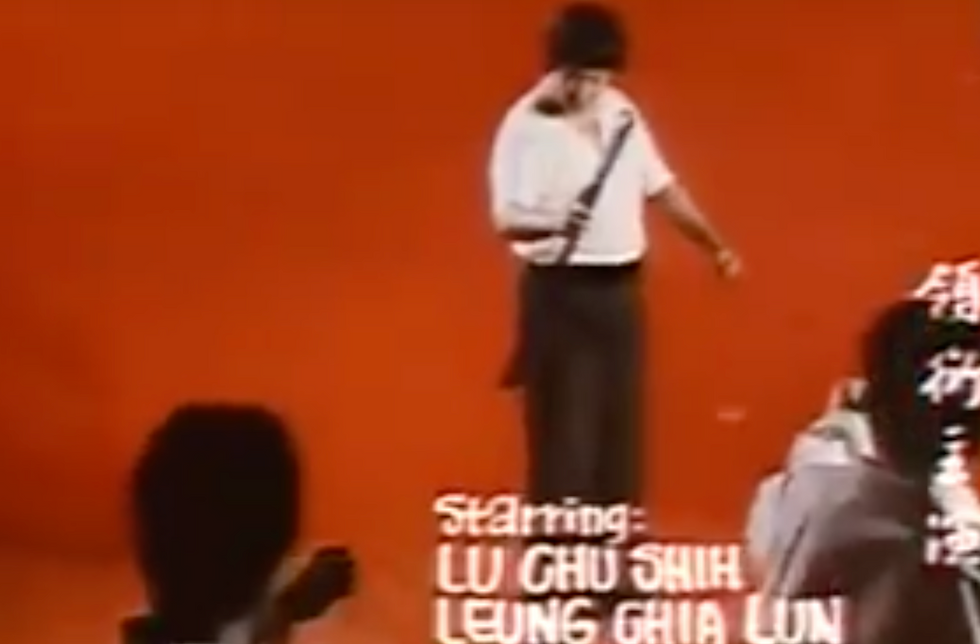
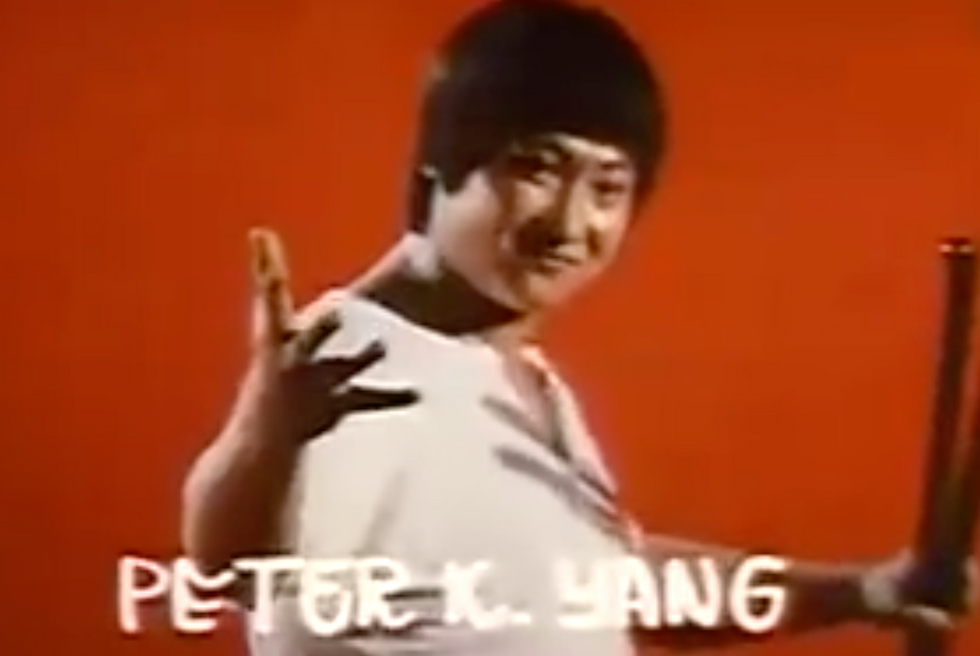
The Last Set of Opening Fight Sequence is mixture of contemporary multi camera editing and smash cut
In the last set of shots in the opening fight sequence, it starts from the pose which is same with the previous set of shots as a joint. Then, reverse cuts to the villain's medium shot which is a single shot that can be separated. Then, cuts back to the full shot of both from the villain's another reverse angle. Then, cuts to a reverse angle of medium shot in which villain kicks Sammo Hung. Then quickly cuts to villain's another reverse angle shot in which Sammo Hung defends his body from the kick. Cuts back to the villain's continued kick action medium shot, finally seamlessly cuts to a full shot of both done by multi-camera work. The Fighter in the Opening Credit Sequence (Yuen Biao)'s kick shots in different sizes were done in the typical multi camera work in which it shows us the seamless flow of the same action between shots. Fig.14-20. Multi-camera work's seamless continuity editing effect can only be achieved by following the axis of the same action flow. On the contrary, different angles that distract the axis only will kill the multi camera effect. As the result, it seems single camera editing.
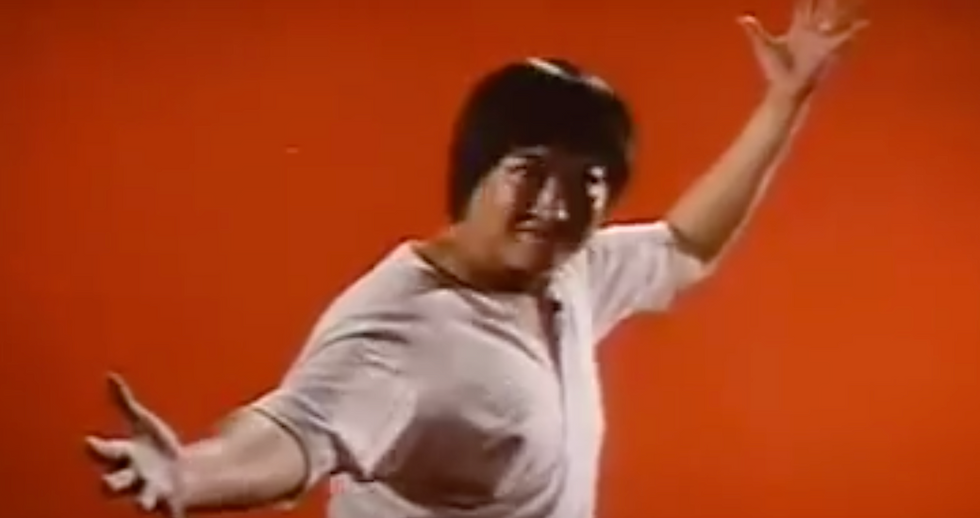
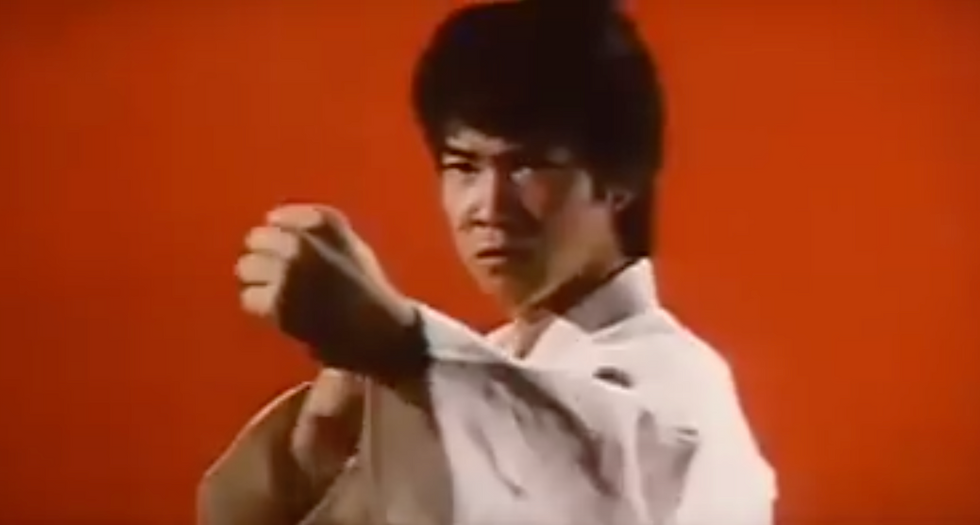

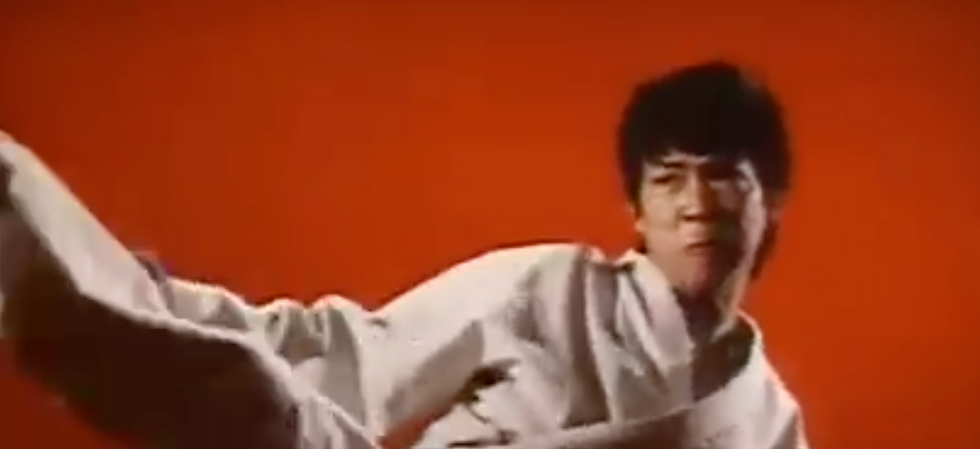
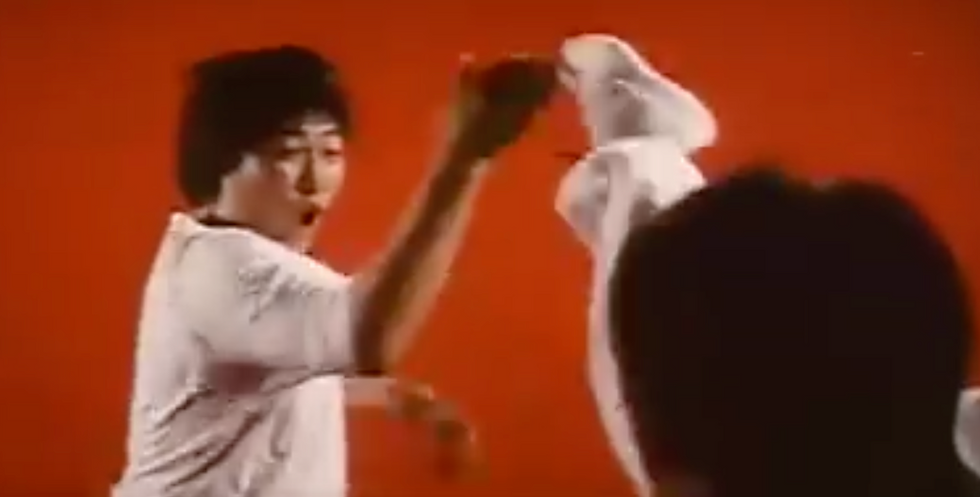
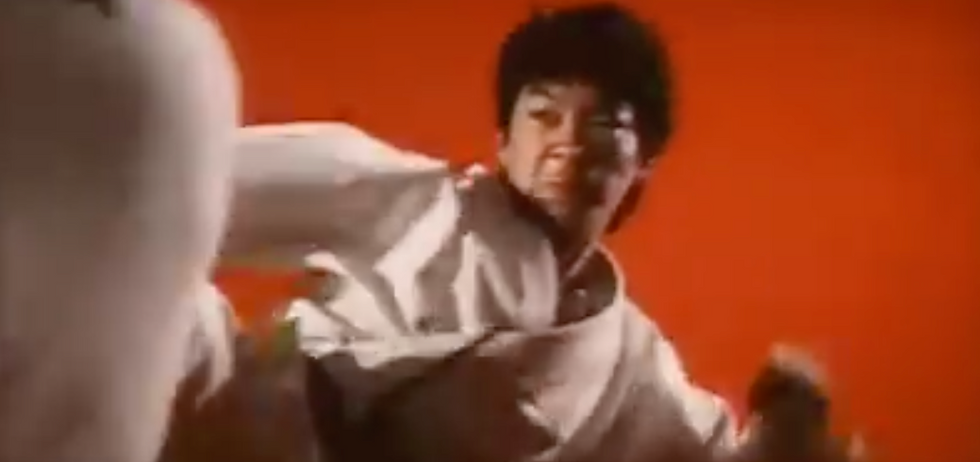
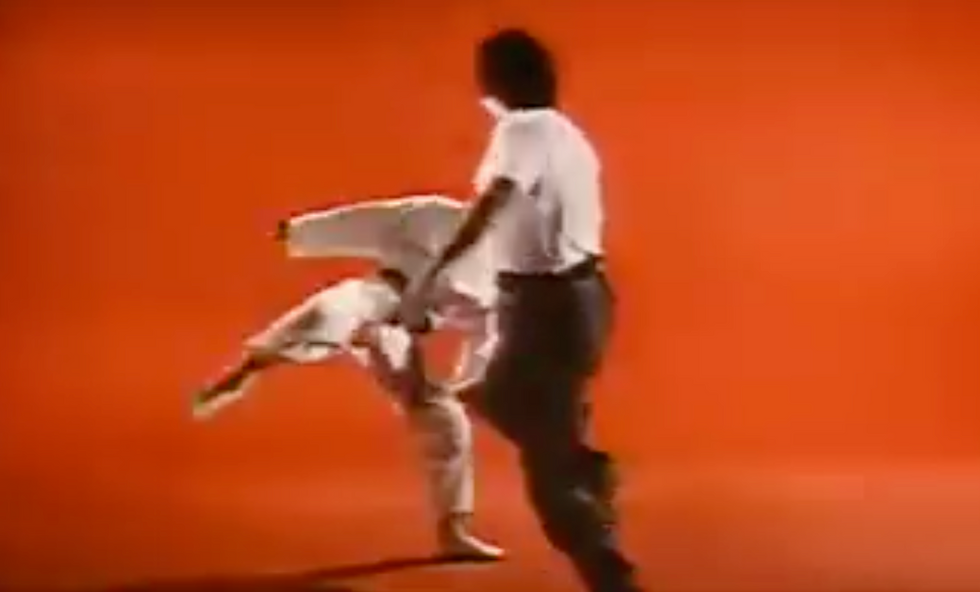
In conclusion, Enter the Fat Dragon (1978) is not only the best parody of Hong Kong films, but also it established the typical style of the 1980s' Hong Kong comedy action master pieces. Sammo Hung is the Chaplin or Mel Brooks of Hong Kong cinema. There is no one more influential than Sammo Hung except Bruce Lee himself. Thus this film is undeniably one of genuine film master pieces in Hong Kong film history.
Any part of this report may be disseminated without permission, provided attribution to the professional film writer Ryota Nakanishi as author and a link to www.ryotanakanishi.com is provided.
This film article is for educational purpose only.
Copyright Disclaimer Under Section 107 of the Copyright Act 1976, allowance is made for "fair use" for purposes such as criticism, comment, news reporting, teaching, scholarship, and research. Fair use is a use permitted by copyright statute that might otherwise be infringing. Non-profit, educational or personal use tips the balance in favour of fair use.




Comments